With much sniffling and through misted eyes I can announce that the Port Arthur Convict Workshops Archaeological Excavation (TM) is drawing to a close. Actually, I lie. There are no tears on my part (I cannot speak for Sylvana). I, for one, am quite pleased that it is pretty much all over. It’s been a looong program.
Despite all the efforts of the weather gods, we managed to get our last run of photogrammetry done on Friday. That involved a whole lot of cleaning, as the site needed to be spruced up for its final shoot. Once again we went over the site with the fine-toothed trowel, down on knees worn to stumps and with wrists aching from the cold, wet and rampant overuse. The whole site was recorded, showing quite a substantial change from when I last did an update…
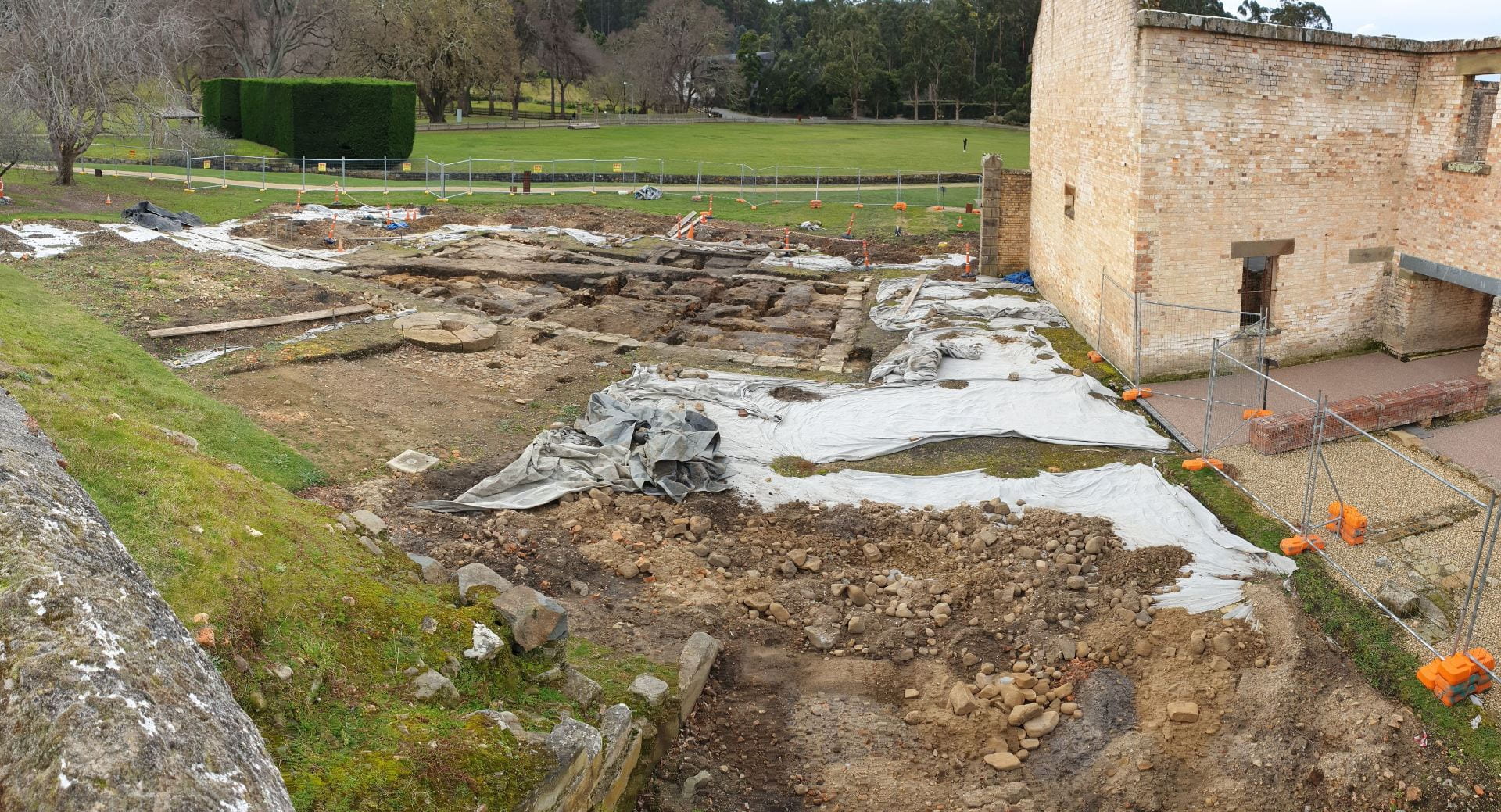
This is not photogrammetry, but it is the site
One of the major things we have been up to over the last few weeks is cutting a number of deeper slots down into the reclamation rock and clay. This has allowed us to understand how the site was built up from its pre-1830 levels. During this process we found the original shoreline and remnants of the tidal beach. The latter was about 1.0m below the current ground surface, while the former rose to within about 0.30m in places. The shoreline was formed from large rounded dolerite boulders set within a coarse doleritic sand – pretty much like the exposed sections of shoreline that remain further around the bay.
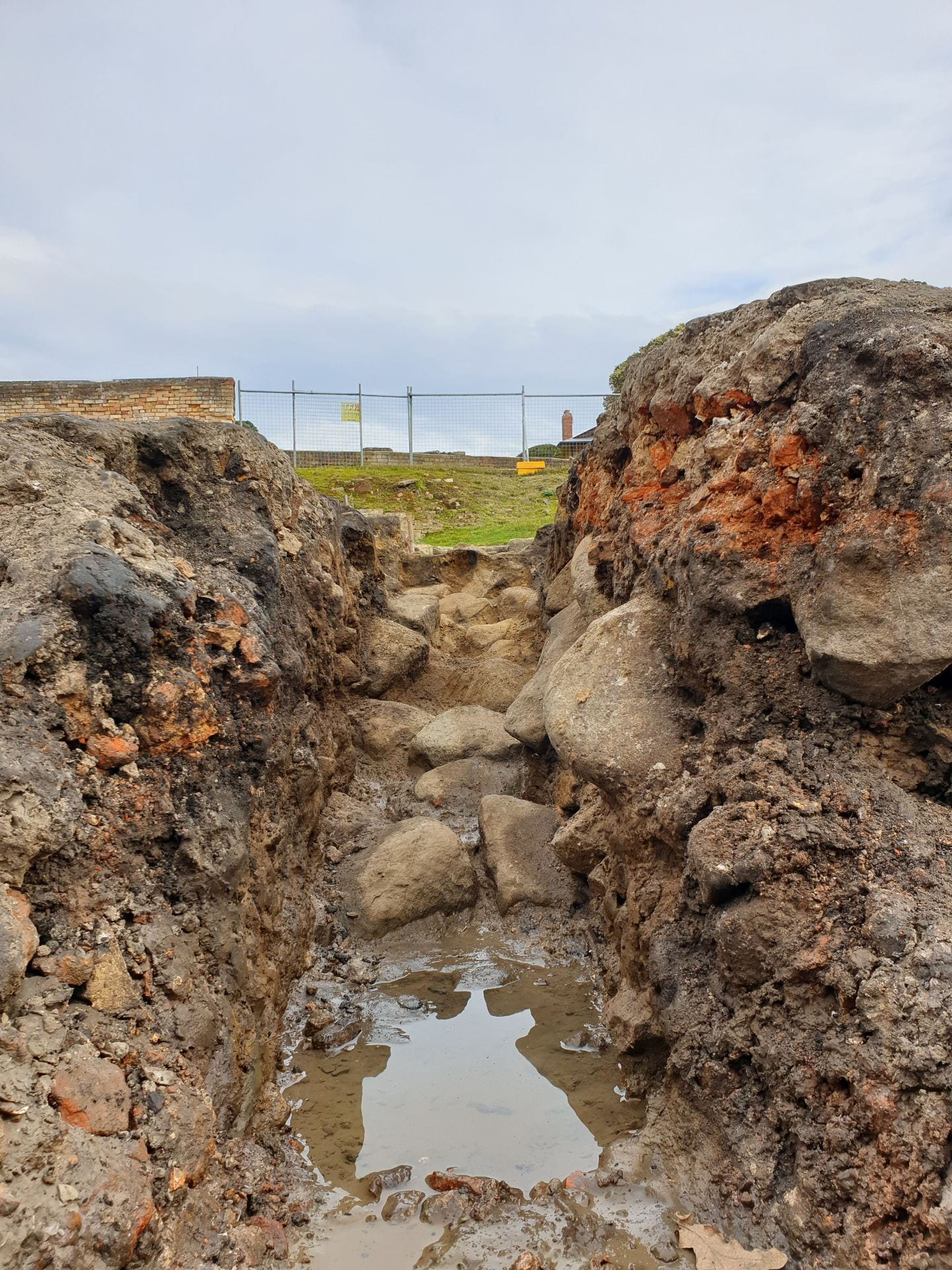
View from below. The water is covering the exposed beach sand, with the shoreline (the dolerite and clay sand) rising up to the south
During the early 1830s the convict labourers had been put to work reclaiming much of the waterfront. This activity involved laying down large timbers and then filling around them with a mixture of clay, rock and earth. We found further evidence of the timbers, most of which had reduced to a thin horizon of organic mush. In a number of cases all that was left was the outline of a timber in charcoal. The fill which had been dumped either side was still in place, forming distinct deposits of loosely consolidated dolerite boulders and much more compact layers of clay.
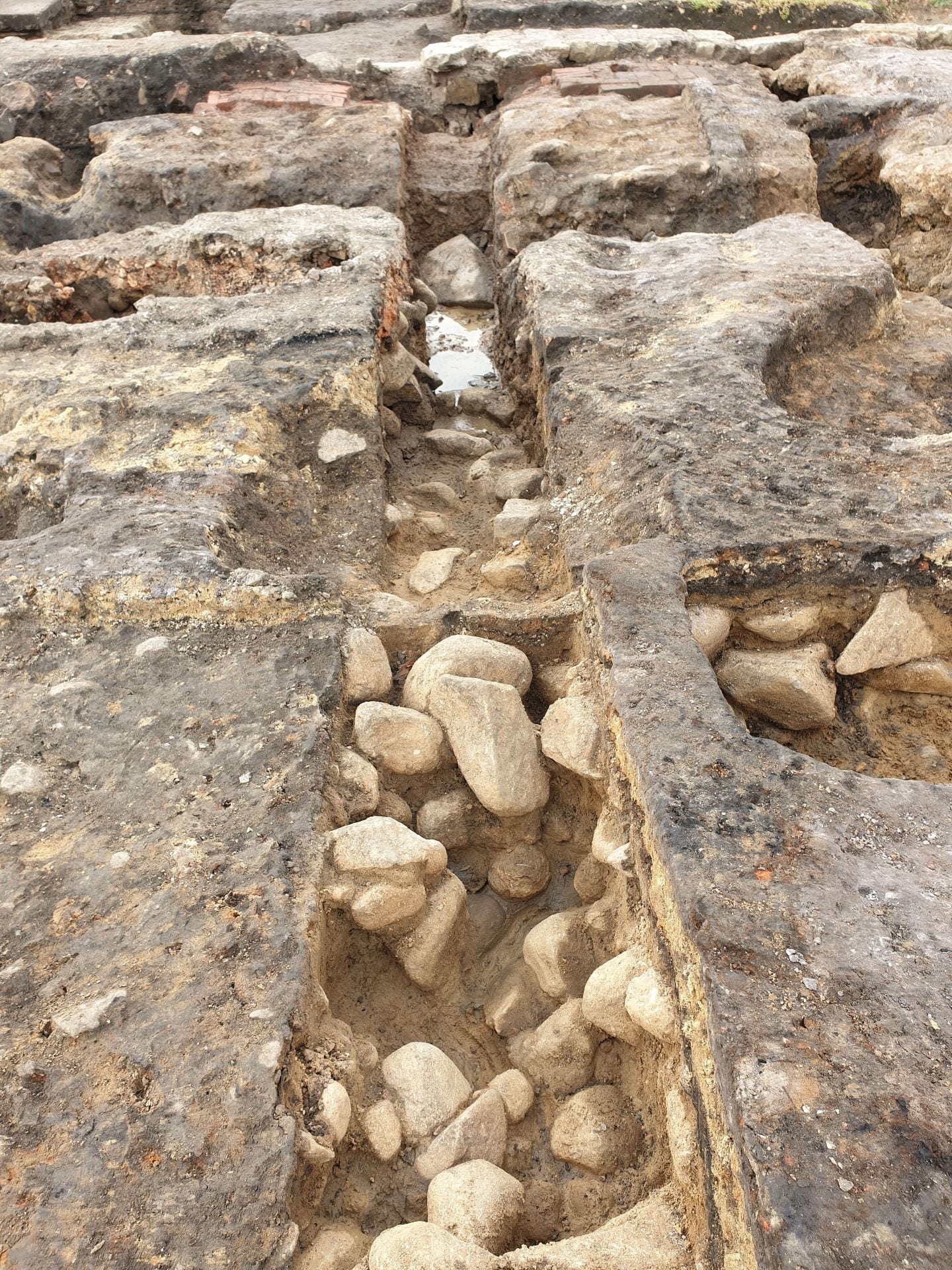
Looking from the shore down toward the beach sand. The rocks in the foreground are part of the original reclamation
The state of the reclamation timbers has finally provided us with an answer to a question that we’ve had since the very beginning – why were there so many pits across the site. Well, as I cleverly hypothesised way back in April, the pits were due to the timbers rotting out and subsiding. This of course meant all the deposits above (from the 1830s right through to the post-convict period), sunk down into the resulting holes. This is why we were finding late period foundry deposition down incredibly low in the sequence. The charcoal also indicated that the timbers may have burned as part of the 1897 bushfires which claimed the Penitentiary. No wonder this site was so confusing to excavate.
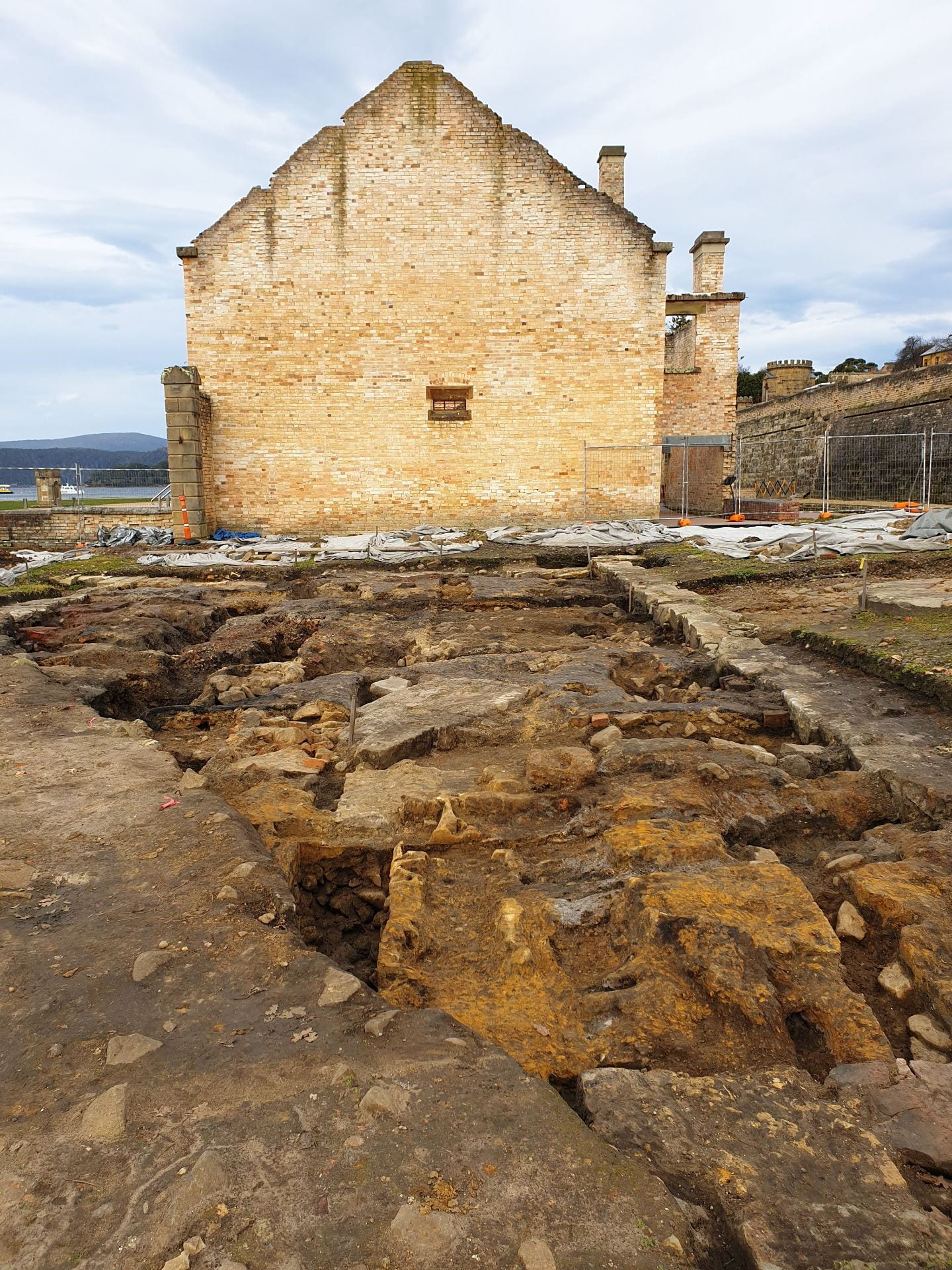
You have to admit, this is quite a nice photograph…of dirt
There’s much more I could say, but I won’t, because I am tired and want to stop work. I have things to do. Next post I will discuss what evidence we found of the early workshops occupation (hint: not a hell of a lot). Though the excavation is over, there’s still a lot of stuff to do: thousands of artefacts to clean, sort, catalogue and analyse. Illustrations to complete. 3D photogrammetry to process. Papers to write. This blog will keep you abreast of all things archaeological as the reporting proceeds. Stay tuned archaeological padawans, stay tuned.


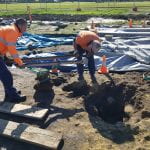
Congratulations on finally completing the excavation!
Thanks. Long road to go yet…but it’s a step